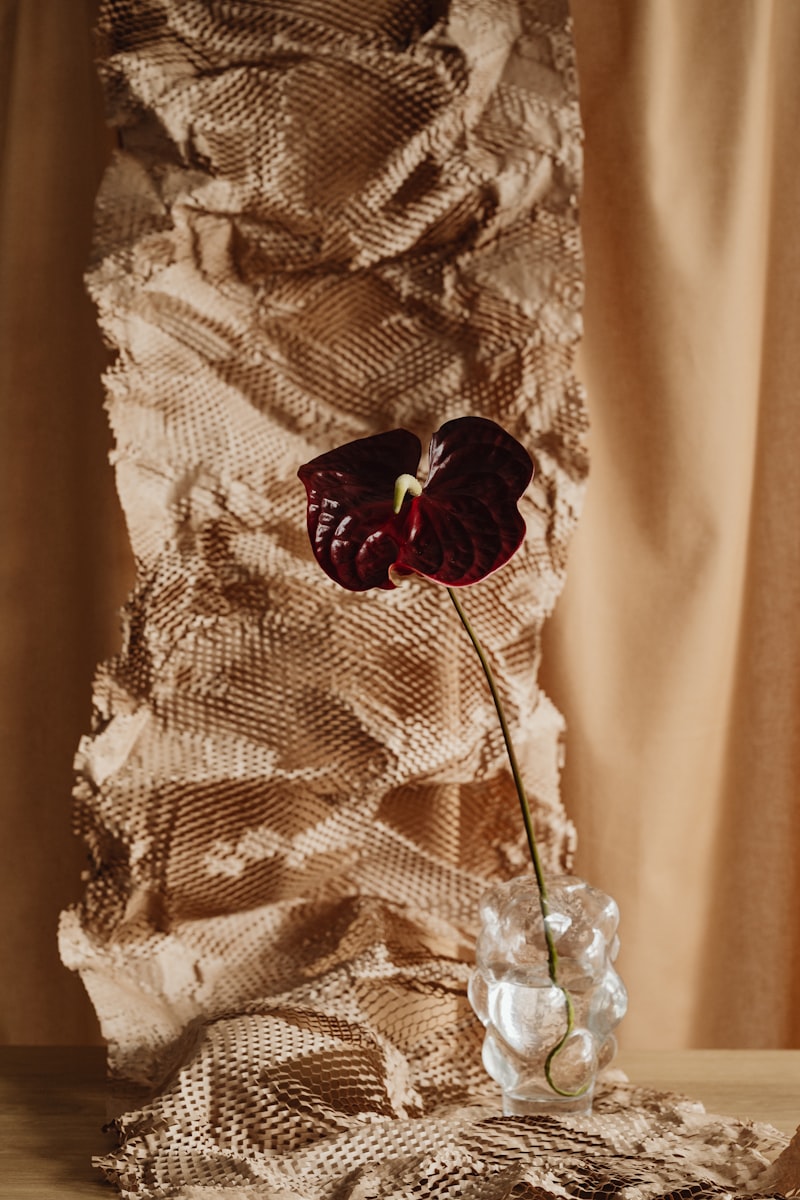Discovering the Influential Bridal Dress Landmarks of the 20th Century
Discovering the Influential Bridal Dress Landmarks of the 20th Century
The 20th century was a remarkable era for bridal fashion, with numerous influential bridal dress landmarks that shaped how brides dress on their special day. From exquisite designs to innovative trends, this century witnessed a transformation in wedding attire that reflects cultural shifts, iconic figures, and evolving societal norms. In this article, we will explore these key milestones, celebrating the evolution of bridal dresses and their significance in defining bridal beauty and elegance through the ages.
The Rise of the Modern Bridal Gown
At the start of the 20th century, bridal fashion began to shift dramatically. The popularity of the white wedding dress was largely attributed to Queen Victoria, who wore a white gown for her marriage to Prince Albert in 1840. However, it wasn't until the 1920s that the modern bridal gown truly began to take shape. The flapper era introduced a more relaxed silhouette and showcased simple yet elegant designs. Designers like Coco Chanel were influential in this time, favoring less ornate styles that liberated women from the constraints of traditional corsetry.

Iconic Designers and Their Impact
As the decades progressed, significant designers emerged, each contributing unique styles that would influence bridal fashion. In the 1930s, Madeleine Vionnet introduced bias-cut gowns that hugged the body’s natural curves, enhancing femininity. The 1940s and 1950s saw the emergence of styles from designers like Christian Dior, whose "New Look" featured full skirts and cinched waists, a look that would dominate bridal fashion in the post-war years.
Table of Influential Designers and Their Contributions
| Designer | Era | Style Influence |
| Coco Chanel | 1920s | Simplified elegance |
| Madeleine Vionnet | 1930s | Bias-cut gowns |
| Christian Dior | 1940s-1950s | Full skirts, cinched waists |
| Oleg Cassini | 1960s | Modern silhouettes |
| Vera Wang | 1990s | Innovative bridal designs |
The Influence of Hollywood on Bridal Fashion
Hollywood has played a pivotal role in shaping bridal fashion trends throughout the 20th century. Iconic actresses like Audrey Hepburn and Grace Kelly significantly influenced what brides desired on their big day. Grace's timeless wedding gown in her film "To Catch a Thief," designed by Hervé Léger, inspired decades of brides to choose regal and sophisticated styles.
Shifting Cultural Norms
As societal attitudes changed, so did bridal fashion. The 1960s and 1970s brought a wave of countercultural movements, leading to the rise of bohemian-style wedding dresses. Instead of the traditional white gown, many brides began opting for colorful outfits or more casual styles that reflected their personalities and beliefs.
The Impact of Royal Weddings
Royal weddings have long been a source of inspiration for bridal fashion. The wedding of Princess Diana in 1981 stands as one of the most iconic moments in bridal fashion history. The voluminous balloon-sleeved dress combined with an extravagant train sparked trends around the world. Similarly, the marriage of Kate Middleton and Prince William in 2011 reignited interest in traditional yet modern bridal designs, with her gown designed by Sarah Burton for Alexander McQueen being hailed as a contemporary masterpiece.
Bridal Dress Trends of the 90s and Beyond
The 1990s saw the rise of minimalist bridal fashion, with designers like Vera Wang revolutionizing bridal wear. Wang's approach to bridal design emphasized clean lines and luxurious fabrics, making it easier for brides to embrace simplicity. The late 90s and early 2000s brought a resurgence of lace and layered fabrics, creating a bridge between traditional and modern simplicity.
Bridal Dress Trends Timeline
| Decade | Key Trends |
| 1920s | Simplistic styles, flapper influence |
| 1930s | Bias cuts, elegant draping |
| 1950s | Full skirts, cinched waists |
| 1970s | Bohemian dresses, colorful outfits |
| 1990s | Minimalist elegance |
The Digital Age and Modern Bridal Fashion
As we transitioned into the 21st century, the impact of digital media and social networks greatly changed how brides approach their wedding attire. Online platforms allow access to a plethora of styles and ideas, making the shopping experience more personalized. Additionally, influencers and celebrities have continued to shape trends on social media, providing countless inspirations for today’s brides.
Conclusion
In summary, the 20th-century bridal dress landscape is a testament to how societal changes, influential designers, and cultural icons have shaped bridal fashion. From the voluminous dresses of the past to the minimalist styles of the present, each decade has left its mark on what brides wear today. Understanding these influential bridal dress landmarks offers a richer context for those planning their weddings. Whether you're inspired by the elegance of a bygone era or the latest trends from social media, the right dress can beautifully reflect your personality and celebrate your big day. Remember to keep your personal style and the significance of the occasion in mind when selecting your bridal attire.
